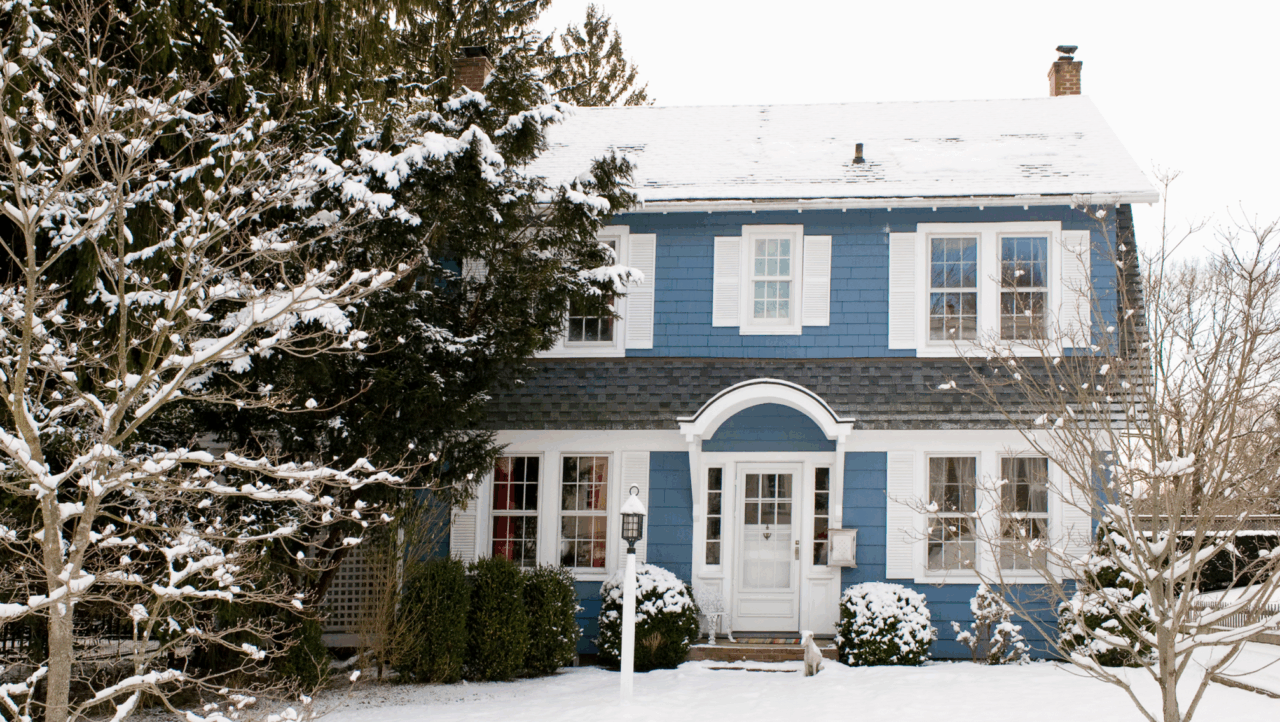What Is a Bridge Loan?


Written by Alycia Lucio on November 22, 2024
A bridge loan is a short-term financing option designed to cover the financial gap between selling a current home and purchasing a new one. Bridge loans can be used to finance a down payment or closing costs on a new house before your current home is sold, allowing you to make an offer without the contingency of selling your current home first. A 2024 Zillow survey revealed that 23% of home buyers included a home sale contingency in their final offer.
Bridge loans typically only last between six and 12 months, and often come with higher interest rates and lending fees. The higher cost of bridge loans is why many sellers prefer to wait until their current house is under contract before putting an offer on a new home. But if you need to buy a home before selling your previous one, a bridge loan makes it possible.
How does a bridge loan work?
Bridge loans work by using the equity in your current home to temporarily finance the purchase of your new home, until you can secure a more traditional mortgage. Most lenders offer two bridge loan options, depending on your home equity and loan eligibility.
A first mortgage bridge loan
With a first mortgage bridge loan, you would borrow against your home’s equity to fund your down payment and pay off the remaining balance of your first mortgage loan. Your first home becomes collateral until you sell it and repay the bridge loan.
A second mortgage bridge loan
With a second mortgage bridge loan, you would borrow enough funds to cover your down payment and closing costs (if needed). However, the balance on your first mortgage remains intact, leaving you holding two loans until you sell the home and repay your mortgage and bridge loan lenders.
Whether you choose to get a first or second mortgage bridge loan to purchase a new home, you’ll still need to sell your home and secure a mortgage loan quickly to pay off the bridge loan and return to standard lending and borrowing practices. However, some lenders will allow you to make interest-only payments or defer your payments until your home is sold, giving you breathing room while waiting for approval on a new mortgage.
Bridge loan requirements
The application process for a bridge loan is similar to applying for a traditional mortgage loan. While your loan amount will be based on the equity built up in your current home, lenders will also pay close attention to your debt-to-income ratio (DTI), credit score, and income. While exact requirements will vary by lender, the qualifications for a bridge loan typically include:
- At least 20% equity built up in your current home
- A minimum credit score of 740
- A DTI below 50%
- A maximum loan-to-value ratio (LTV) of 80% for the new home
- Stable income and employment
Some lenders may also require borrowers to have a concrete plan for selling their current home and mortgage pre-approval for a new home.
How to get a bridge loan
Check how much home equity you hold
To qualify for a bridge loan, you need at least 20% equity or ownership in your home. Equity is the difference between your home’s current market value and the amount you still owe on your current mortgage. Before meeting with a lender, calculate your home’s equity to determine where you stand. Qualified homebuyers can typically borrow up to 80% of their home’s available equity towards a bridge loan.
For example, let’s say your home’s current market value is $300,000, and you’ve built up 25% equity. That means you currently hold $75,000 of equitable value ($300,000 x 25% = $75,000). If you’re eligible to borrow the full 80% of your home equity, you can take out a bridge loan of up to $60,000 ($75,000 x 80% = $60,000).
Find a bridge lender
Next, you’ll want to compare the offers from a few bridge loan lenders to ensure you get the terms, rates, and repayment schedule that work best for you. If you aren’t sure where to look, start with your local banks and credit unions, or ask your real estate agent for a referral.
Agree to the terms and secure the loan
Once you get an offer you’re comfortable with, you’ll need to sign the closing documents that come with the bridge loan. Once you sign, you’ll be on track with the loan’s terms and repayment schedule, and your home will become the collateral until it’s repaid. Depending on your circumstances, the lender may require you to have a pre-approval letter for your new mortgage and pay certain closing costs upon securing the bridge loan.
When to consider a bridge loan
A bridge loan can be a good idea when you’re buying in a competitive market and need to make an offer without contingencies, or when you need to move quickly due to a time-sensitive circumstance like a job relocation. A bridge loan can also help you quickly access the funds you need for a down payment or closing costs on a new home while you wait to sell your current home. While a bridge loan may sound advantageous to some homebuyers, it also comes with certain risks, such as managing two loans at once or losing your first home if you can’t sell it in time to repay the loan before the term ends.
Pros of bridge loan
- Allows you to act quickly in a competitive buyer's market without a sale contingency
- Eliminates the hassle of coordinating the sale of your current home with the purchase of your new one
- Provides immediate funds for buying a home during a time-sensitive move, such as a job relocation
- Potential for deferred payments until you sell your home, keeping more cash in your pocket that you can use for your new home
Cons of bridge loan
- Higher interest rates and fees compared to traditional mortgages
- Shorter loan terms, making it risky if you can’t sell your current home in time
- You’ll still have to pay your current mortgage in addition to the bridge loan until you can sell your current home and pay them off
- You can’t get approval unless you have at least 20% equity built up in your home
If you’re between buying and selling a home and need to bridge the financial gap, get in touch with a mortgage lender to discuss your home loan options today.
How much home can you afford?
At Zillow Home Loans, we can pre-qualify you in as little as 5 minutes, with no impact to your credit score.
Zillow Home Loans, NMLS # 10287. Equal Housing Lender
Get pre-qualifiedHow much home can you afford?
See what's in reach with low down payment options, no hidden fees and step-by-step guidance from us at
Zillow Home Loans.
Zillow Home Loans, NMLS # 10287. Equal Housing Lender
Calculate your BuyAbility℠
Related Articles
Get a mortgage with Zillow Home Loans
Go from dreaming to owning with low down payment options, competitive rates and no hidden fees. A dedicated loan officer will guide you until you have your keys in hand.

Zillow Home Loans, NMLS #10287. Equal Housing Lender.



